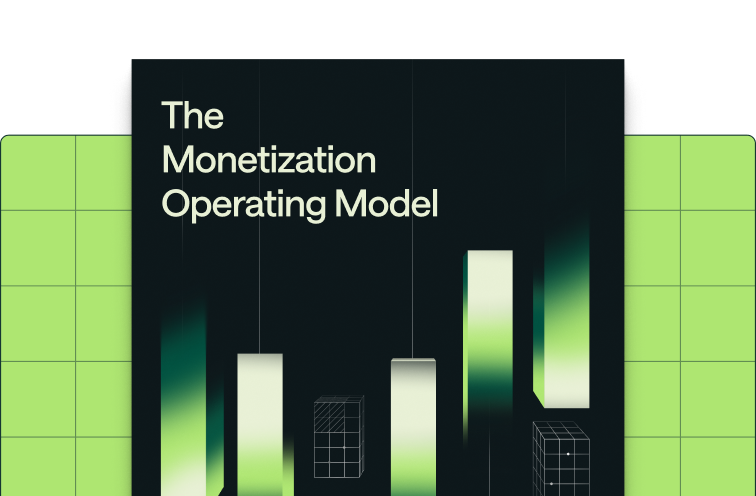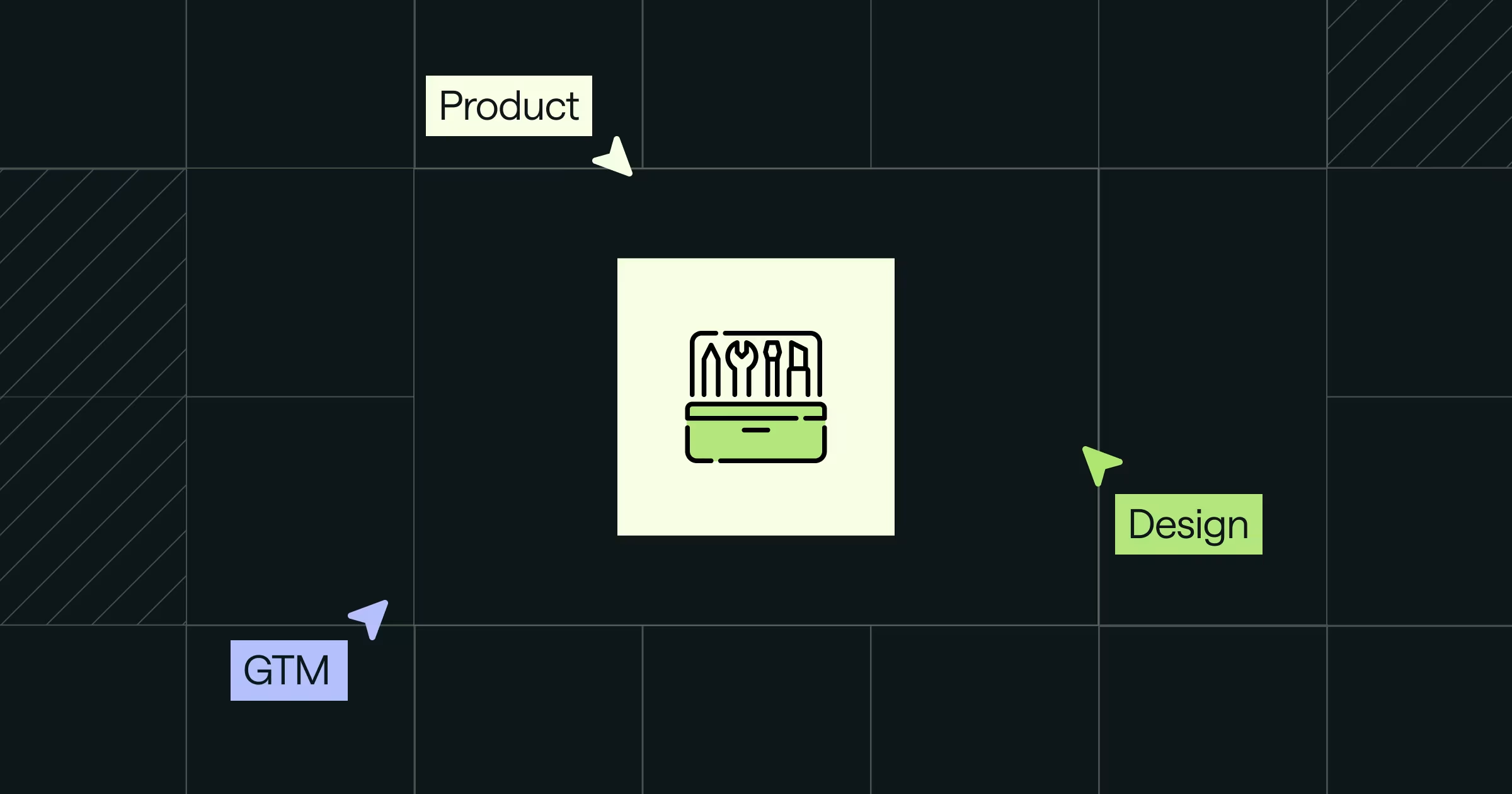Share
Why modern teams need programmable pricing infrastructure
Every company wants to experiment with pricing. Test new tiers, roll out usage-based options, introduce credits, localize pricing . . . you've seen it all.
But the effort required can feel prohibitive. Behind the scenes, most pricing changes still involve:
- Coordinating across product, sales, finance, and engineering
- Manually updating rate tables or hardcoded logic
- Hoping RevRec doesn’t break
- And praying the dashboards hold up after launch
It’s no wonder teams move slowly (or avoid touching pricing altogether).
Why is pricing still so hard to change?
Unlike product features, pricing changes often trigger a cascade of risk:
- Will this confuse finance?
- Will it break billing or reporting?
- Can sales even quote this yet?
- What happens to active contracts?
- How long will it take to push to production?
For many teams, it’s easier to run a feature flag rollout than a pricing update. Doesn't that seem backwards?
Pricing is a growth lever—if you can move fast safely
At high-growth companies, especially those with hybrid PLG + SLG models, pricing agility is a competitive advantage. But only if it's built on a foundation that can handle complexity.
Modern pricing systems need to be:
- Composable – Add new SKUs, packaging, currencies, and models without breaking everything
- Testable – Experiment on real segments without side effects
- Auditable – Keep finance and RevRec teams aligned
- Unified – Maintain consistent pricing across quoting, product, billing, and dashboards
Without each of those key pieces, every pricing idea is a risky, cross-functional project, and often dies in backlog.
Metronome makes pricing programmable, not painful
We built Metronome to turn pricing into something you can iterate on, not tiptoe around. That means:
- One pricing engine across your stack
- Dynamic rate cards that sales and product can use
- Real-time billing + RevRec, no batch jobs or spreadsheets
- Support for hybrid models without custom stitching
It’s how companies like OpenAI can ship pricing updates weekly instead of quarterly, all without scrambling the finance team.
If your pricing model can’t keep up with your product, your revenue will fall behind, too.
Pricing is no longer static. It’s an engine. It’s time to treat it like one.
About this series
“Pricing Is a Product” is a series exploring how modern teams are rethinking monetization. From real-world missteps to system design principles, we’ll break down how to build pricing models that are visible, predictable, and built for scale.
Part 1: Pricing Is a Product: Why It’s a Top Priority
Part 2: What Happens When Pricing Breaks the Product (and the Customer Experience)
Part 3: AI Agents Changed the Game. Pricing Hasn’t Caught Up.
Part 4: Pricing Experiments Shouldn’t Break Finance
Up next → Part 5: The Monetization Operating Model
Part 6: The Infrastructure for Value Monetization
→ Check out our new whitepaper expanding on this framework: The Monetization Operating Model







.png)



%2520(1)%2520(1).png)